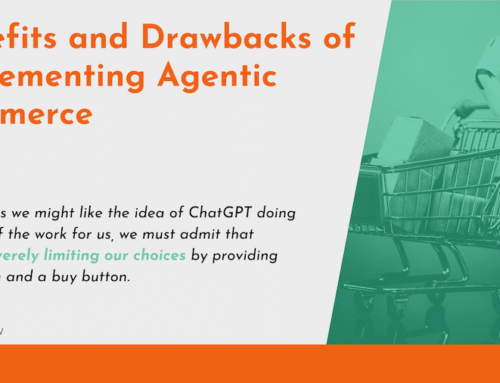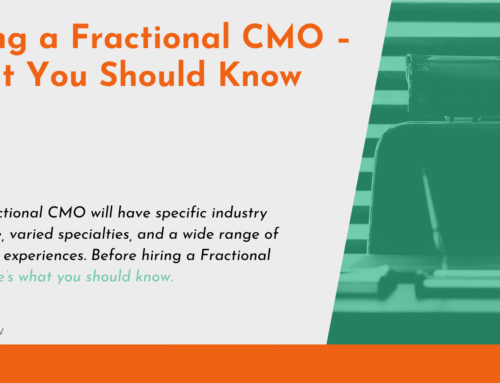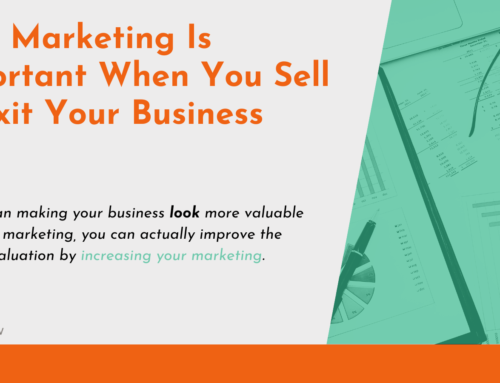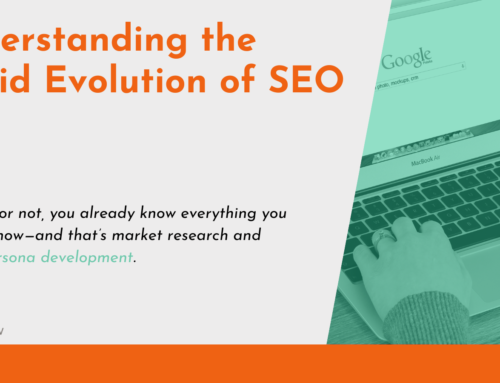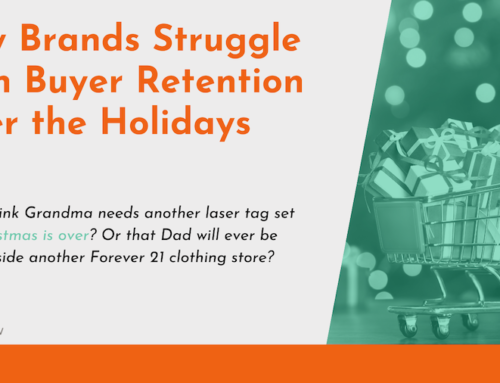
“Marketing” is such a broad term, isn’t it? Just the word itself brings to mind thoughts of TV commercials, social media accounts, blogs, pay-per-click and display ads, print marketing, and a million other ways to get your brand and products in front of buyers.
With so many different options available, you might be tempted to run after the latest trends in an effort to reach as many people as possible. The problem is that Snapchat and Instagram may not be where your buyers are. In fact, you may discover that all of your latest marketing techniques aren’t gaining traction for one very important reason: you’re reaching for the wrong audience.
When marketing to businesses, you’ll use different tactics than when marketing to consumers. Those trendy techniques you’re trying fall on deaf ears before no one’s there to hear you. Let’s take a look at the differences between marketing to businesses and consumers so you’ll know where to find your buyers.
Finding Your Audience
Because 79% of all internet users are on Facebook, it’s silly to say that you won’t find B2B buyers on social media. Of course they’re on social media. However, they’re not looking to engage with brands for their business when they’re online. You might spark a bit of brand recognition with an ad on Facebook or Twitter, but those buyers certainly aren’t going to interrupt their personal social time to go make a purchase for their company.
No, these buyers are more likely to find your brand after careful research. That’s why good search engine optimization and incredible content on your website is so important for marketing to other businesses. Your B2B customers must be assured of your authority within your field before they’ll consider making a purchase. If you are looking for customers on social networks, those with a more professional tone are more likely filled with potential leads. The most popular, of course, is LinkedIn.
Marketing to consumers, however, is different. An ad for makeup, running shoes, or clothing on social media very well could spark a purchase right in the middle of the browsing session. You just have to know where that audience will be on social media. Are your buyers mostly on Facebook or Twitter, or will your ads reach more on Snapchat or Instagram?
Emotions in Purchasing
Some might assume that B2B buyers don’t react based on emotion, but that’s not necessarily the truth. However, the emotions that do prompt a purchase for business buyers will most likely be different than those that inspire consumer purchases. For instance, frustration, fear, relief—these are emotions that might prompt the purchase for a business buyer. After, of course, weeks or even months of research.
Everyday consumers, however, are the ones who’ll stop a Facebook session to make a purchase based on an ad they just watched. Some of the same emotions are tapped, specifically fear—as in fear of missing out—while other emotions like humor, vanity, anger, and warmth could come into play.
Buyer’s Journey
The B2B will usually take a longer route between want and buy. These purchasers need time to research everything, send their acquired information up the chain of command, receive permission to make a purchase, and then to complete the sale. The process can take weeks or even months.
Compare that to the relatively short consumers’ journey, which could take a matter of moments, depending on their need for the product and the effectiveness of the marketing. For products and services a buyer has used before, the journey becomes even shorter. They’re more likely to keep making the same purchase again and again, until they’re disappointed for some reason or a new brand manages to catch their eyes.
The Lifetime Value
B2B sales take weeks or months to complete because they’re usually purchases worth thousands of dollars or more. That kind of money can’t be simply thrown around. That’s why relationships, loyalty, and providing value is such an important part of building your brand for B2B marketing. You really want those buyers to come back again and again, preferably with bigger orders each time. And remember, it costs less to keep a customer than it does to find a new one.
Everyday consumers, however, have a much lower lifetime value. You may have repeat purchases, but they’re not likely to cost thousands of dollars. Excellent service and product value can increase your chances for repeat purchases, which does, in turn, increase the LTV of those buyers. However, marketing is more often focused on acquiring new customers than keeping current ones.
Understanding the key differences between marketing to businesses and consumers will help shape your marketing strategies. If you’ve been throwing everything at the wall to see what will stick, it’s time to give us a call. We will help you refine your strategy so that you’ll effectively reach the right audience every time.

